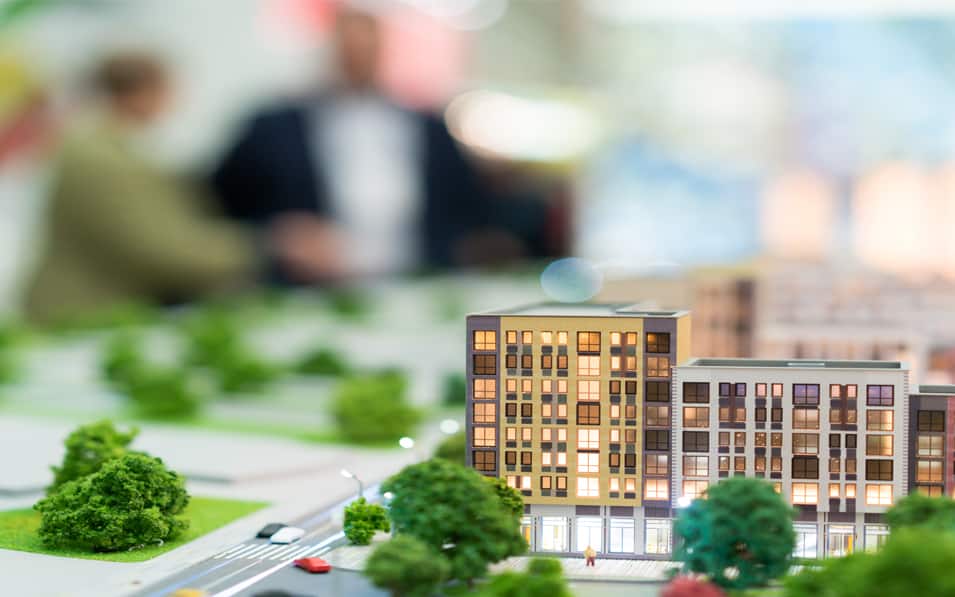
25 Nov What Causes the Increase of Sustainable, Ecological, and Environmentally Friendly Buildings?
Environmentalist structures, often known as green buildings, have grown in popularity in recent years. In Turkey, as in the rest of the globe, the number of people who favor sustainable, ecological, and ecologically friendly architecture is steadily expanding. These buildings, known as green buildings, are designed and built with social and environmental responsibility in mind. Green buildings’ suitability is constantly being tested in various climatic circumstances and encouraging the use of materials that consume just what they require and produce no waste.
Green buildings go by many names; they contribute to sustainable urban living while also maintaining and strengthening the natural habitat in the surrounding area.
To be evaluated in the green building category, a housing project must obtain a nature-friendly accreditation and meet eight requirements set in Turkey.
Sustainable and productive land structure; energy efficiency, thermal efficiency, effective use of water resources, nature-friendly materials and resources and their suitability for transformation; security systems; sports and recreational areas; and comfort criteria such as modes of transportation, periodic maintenance, and technological innovations are among these requirements. These buildings are categorized as “approved green buildings” from 45 to 65 points, “highly sustainable and eco-friendly buildings” from 65 to 75 points, and “outstanding green buildings” from 85 to 100 points.
According to the latest researches, it shows that expectations from these eco-friendly buildings are to decrease energy consumption by 24–50%, CO2 emissions by 33–39%, water consumption by 40%, and waste by up to 70%.
